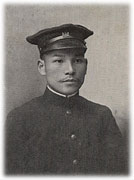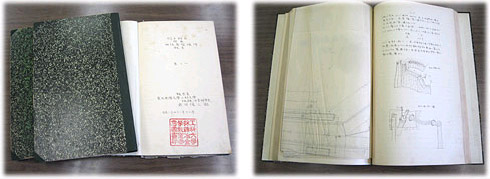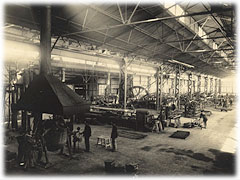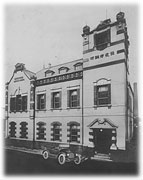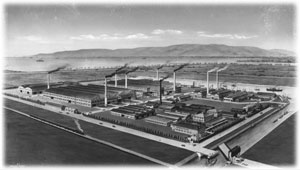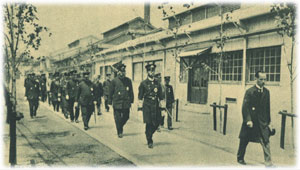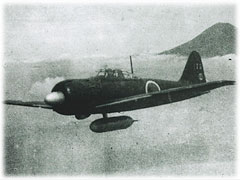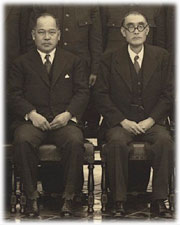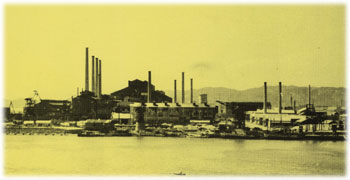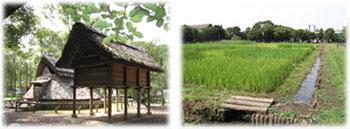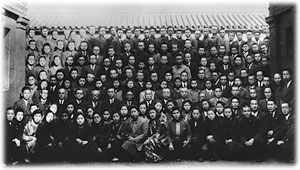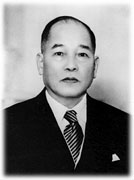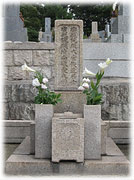Introduction
From the past through to the present, everyone working at Sumitomo has traditionally shared a common ethos, placing integrity and honor at the heart of the business. This ethos, inherited by each successive generation, became the Sumitomo business philosophy. Shunnosuke Furuta, the seventh director-general, embodied Sumitomo’s ethos in the unprecedentedly challenging years following World War II. Furuta served as the last director-general of Sumitomo before the dissolution of Sumitomo Head Office abolished the position.
Early life
Shunnosuke Furuta was born on October 15, 1886 the fifth son of Kazuma Inoue and his wife En. Furuta’s father was a samurai affiliated to Tojiin, a Buddhist temple in Kinugasa-mura, Kadono-gun, Kyoto Prefecture (present-day Tojiin-kita-machi, Kita-ku, Kyoto City). A member of a large family, Shunnosuke had four older brothers, two older sisters, and one younger sister. He was a bookworm who excelled at school. Upon graduation from the Hirano elementary school (present-day Kinugasa Elementary School), he received an award from the governor for his academic achievements. In 1899, Shunnosuke was adopted by Keitoku Furuta who owned Osaka Seisajo, a manufacturer of chains and anchors for ships, in Fukushima, Kita-ku, Osaka City, and he entered the Osaka Prefectural Daiichi Middle School (present-day Kitano High School).
Allowed by his adoptive parents to pursue his education, Shunnosuke entered the Sixth High School in Okayama Prefecture, which was where the Furuta family originally came from, and then the Faculty of Engineering of Tokyo Imperial University. His adoptive parents were strict and life was not always easy for Shunnosuke. During his second year at university, Shunnosuke married Masako who was an adopted daughter of Keitoku. Ordered by Keitoku to quit the university and join the family business, he refused to comply and so his father stopped paying his tuition for a while.
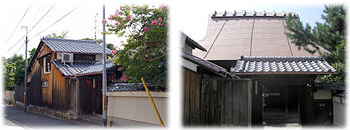
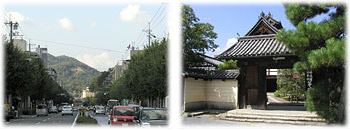
Hidari Daimonji on the mountain to the north of the Inoue family’s residence. Tradition has it that each summer during the Obon festival the spirits of ancestors visit the household altars of their descendants in this world. Shunnosuke would have seen the huge bonfire that guides them on their return journey to the spirit world. At Tojiin Temple (Rinzai Sect Tenryuji School), also to the north of the residence, is the tomb of Ashikaga Takauji, who was the founder and first shogun of the Ashikaga shogunate, as well as wooden sculptures of other Ashikaga shoguns.

 EN
EN
